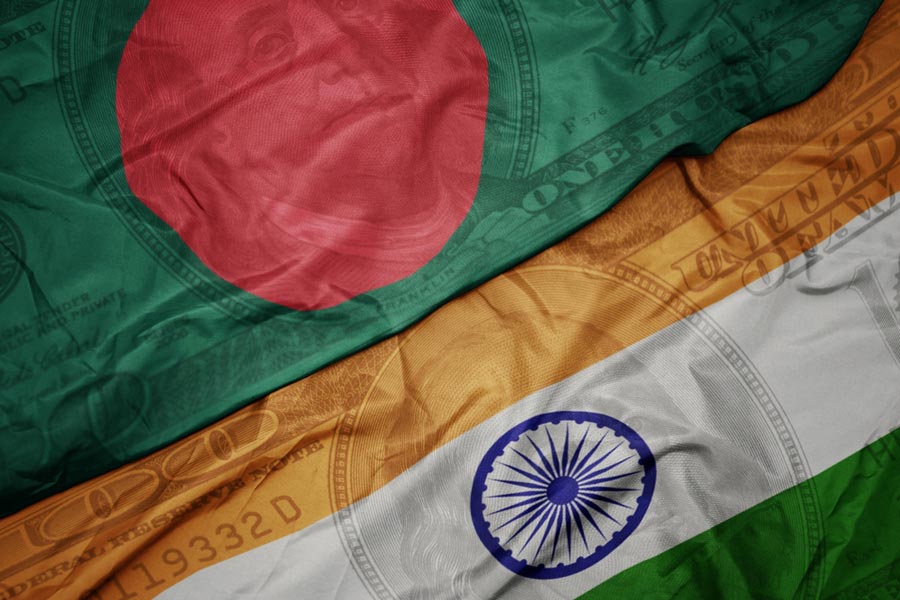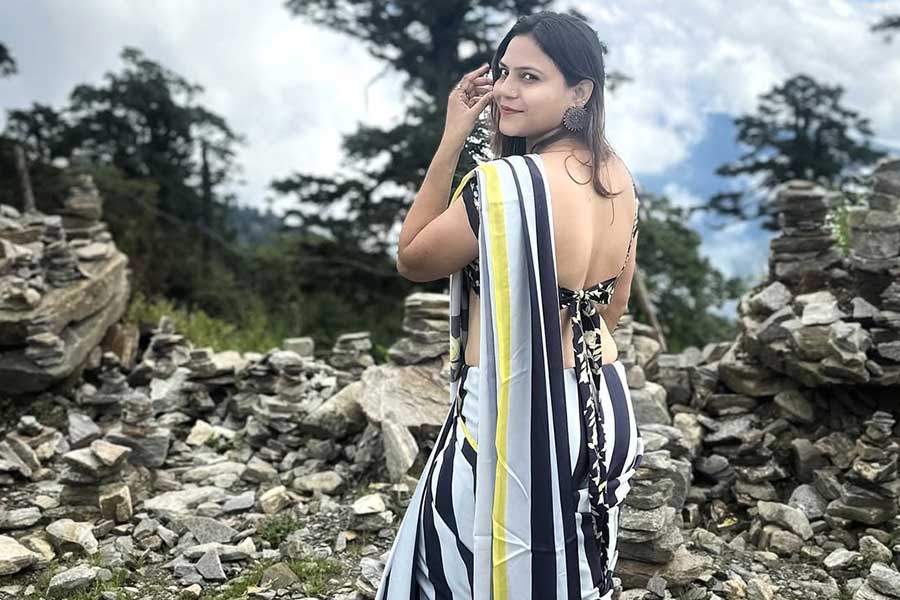
July 20: Six-metre-tall silk scrolls with colourful iconography from the life of the communities along the Hooghly fluttered in the monsoon winds in front of Nandan in preparation of the river walks from September to December.
As part of the UK India Year of Culture, a Silk River project has been undertaken where British and Indian artists living along the Thames and the Hooghly have produced 20 hand-painted silk scrolls or flags that depict the unique relationship between the communities.
These flags will be carried in river "performance" walks along the Thames in September and the Hooghly in November. The Silk River project commemorates the 400th year of British-India cultural ties.
Working in 20 locations - between Murshidabad and Batanagar, and from Kew Gardens to Southend - to reinterpret a shared heritage, Silk River will raise cultural awareness of the Indo-British relationship by engaging diaspora communities and connecting young people with artists along the route.
So if there is a scroll or a flag depicting Kew Garden in London, then its counterpart is based on the Shibpur botanic garden along the Hooghly.
"About 300m of triple woven, hand-made Murshidabad silk has been bought directly from weavers in Islampur," said Ali Pretty, the founding member and artistic director of the international outdoor arts company Kinetika, which is spearheading the Silk River project.
She is being partnered by Ruchira Das, founder of ThinkArts based in Bengal, and Banglanatak.










